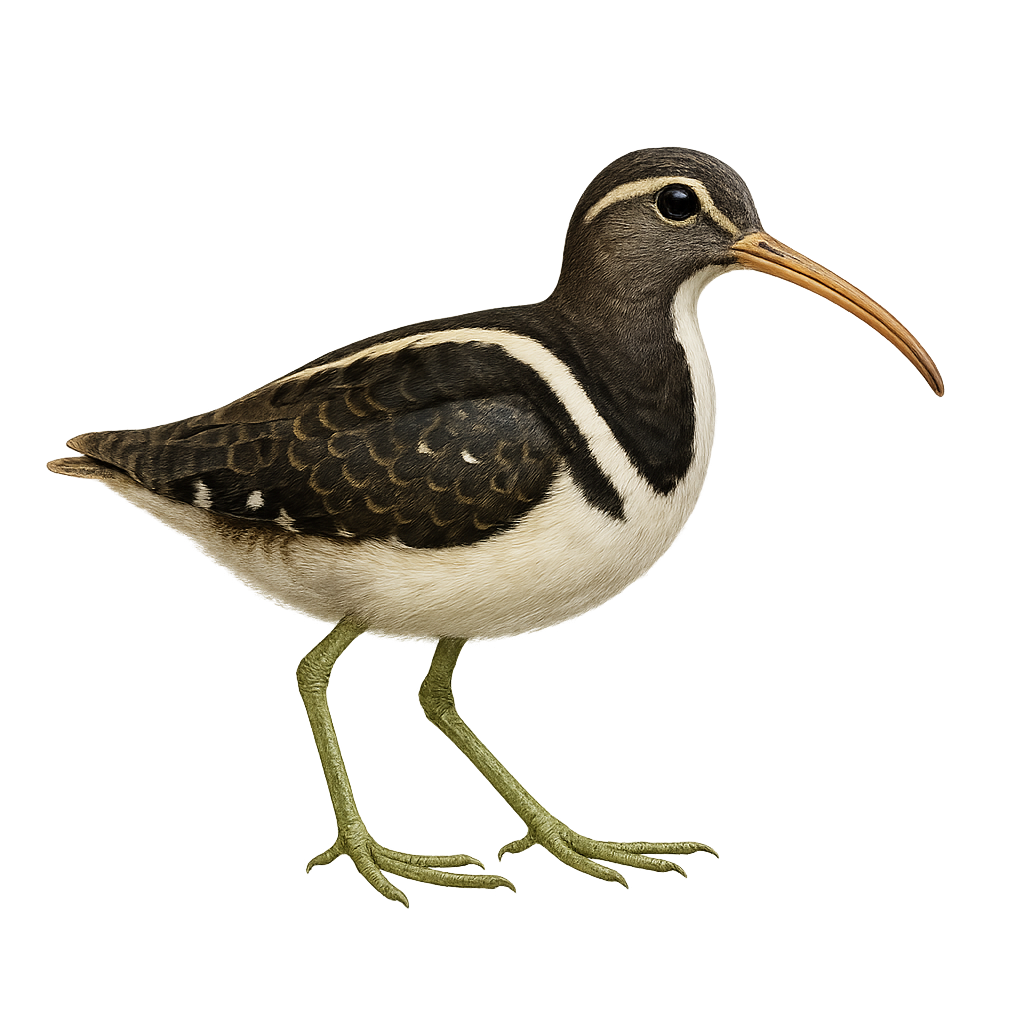Your wildlife photography guide.
Explore the south american painted-snipe in detail, study its behavior, prepare your shots.
Where to observe and photograph the south american painted-snipe in the wild
Learn where and when to spot the south american painted-snipe in the wild, how to identify the species based on distinctive features, and what natural environments it inhabits. The WildlifePhotographer app offers tailored photography tips that reflect the south american painted-snipe’s behavior, helping you capture better wildlife images. Explore the full species profile for key information including description, habitat, active periods, and approach techniques.
South American Painted-snipe
Scientific name: Nycticryphes semicollaris

IUCN Status: Least Concern
Family: ROSTRATULIDAE
Group: Birds
Sensitivity to human approach: Suspicious
Minimum approach distance: 10 m
Courtship display: September to October
Incubation: 17-19 jours
Hatchings: October to November
Habitat:
Marshes, wet meadows, lake edges
Activity period :
Active at dawn and dusk, ideal moments for observation.
Identification and description:
The South American Painted-snipe, or Nycticryphes semicollaris, is a medium-sized aquatic bird known for its distinctive plumage and elusive habits. It features brown plumage with white and black patterns and a partial collar that gives it its name. This bird is primarily nocturnal and crepuscular, feeding on insects and small invertebrates found in wetlands. It is mainly found in South America, particularly in Argentina, Paraguay, and southern Brazil. The South American Painted-snipe prefers marshes, wet meadows, and lake edges, where it can easily blend in with its surroundings. Although its conservation status is not of concern, it is often difficult to spot due to its discreet behavior and often inaccessible habitat.
Recommended lens:
400 mm – adjust based on distance, desired framing (portrait or habitat), and approach conditions.
Photography tips:
To photograph the South American Painted-snipe, it is advisable to use a telephoto lens of at least 400mm to capture sharp images from a distance. Since this bird is often active at dusk, plan your photo sessions early in the morning or late in the afternoon when the light is soft. Look for wetland areas where the bird is likely to feed and be prepared to remain still for long periods to avoid scaring it away. Use a tripod to stabilize your camera and a remote shutter release to prevent vibrations.
The WildlifePhotographer App is coming soon!
Be the first to explore the best nature spots, track rutting seasons, log your observations, and observe more wildlife.
Already 1 430 wildlife lovers subscribed worldwide

